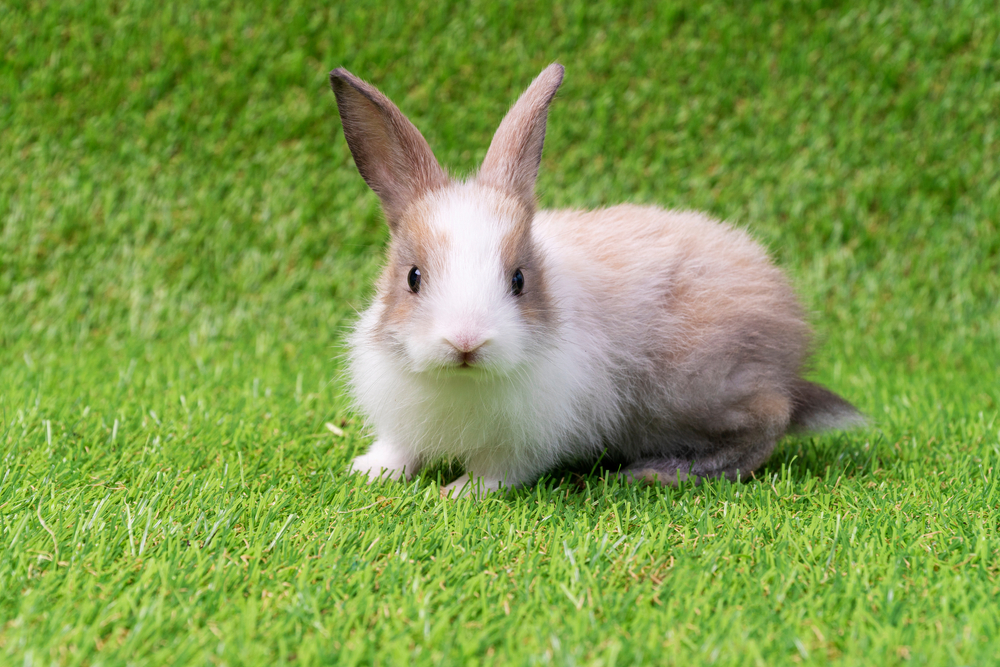Protecting the biodiversity of an urban landscape is important in maintaining a more balanced environment in the UK’s capital city. London has been cited as one of the greenest cities in Europe, with over 3,000 parks and green spaces. Royal parks such as Regents and Hyde Park, Hampstead Heath, Greenwich, and the leafy delights of Highgate Cemetery all provide a natural expanse of green nature where Londoners and their visitors can walk, relax, and breathe in fresh air.
One wonders, therefore, why there is so much controversy around the use of artificial grass in selected areas like private gardens, roof terraces, and children’s play areas.
Artificial Grass Pros and Cons
Creating colour and texture in and amongst more densely built areas of London is not an easy job. Natural lawn requires significant care and attention; a good foundation, natural light, moisture, and sun are all needed for grass to establish itself and grow properly in the built environment, which is not always easy (or cheap) to achieve. This is why it is important to highlight the advantages of artificial grass for a more balanced picture.
First and foremost, let’s have a better understanding of the objections to artificial grass. This will give us the opportunity to hold up the pros of artificial grass to better ascertain the validity of its use in certain situations.
Why Use Fake When You Can Use the Real Thing?
This is a concept we can totally get on board with. Here at Artificial Lawn Company, we absolutely love beautiful, natural lawns. What we do not love are brown, dry, shady, hard-to-reach areas where grass cannot grow properly. We have worked with homeowners who have despaired about certain areas of their gardens, which they feel they simply cannot do anything with, no matter how hard they try or how much money they throw at it.
We come from the premise that our artificial lawn products are there to solve a problem. If that problem is an area that is year-round kept in the shade, is dry and dusty in summer, and wet and muddy in winter, then we know we can solve the problem with a low-maintenance, durable solution. This is one of the many pros of artificial grass, particularly in built urban environments such as London. It provides a fresh, vibrant, easy-to-keep clean ground covering that, when installed properly, will enhance the outdoor area, not detract from it.

It Discourages Wildlife and Biodiversity
We hear this objection all the time - and nothing could be further from the truth. The very nature of what we do and the advantages of artificial grass are founded on getting people out into the fresh air and enjoying nature at its very finest.
If you have a dusty patch of outside space in London where grass simply cannot grow, you have a number of options as alternative ground coverings - paving slabs, decking, concrete, resin-bound surfacing. Artificial grass is simply another alternative.
From this, a homeowner can create their own biodiverse haven using pots and planters and even include a small water feature or pond with rockery. Their precious time can be spent creating a habitat that attracts and encourages active insect life, and not on endlessly mowing the lawn.
Covering the City in Bits of Plastic
One of the biggest claims we hear when debating the pros and cons of artificial grass is that we are literally covering the country in plastic. As well as being somewhat catastrophic in tone, professional, quality artificial lawn installation is not about covering the country, or indeed the city, in bits of plastic - in fact, it is quite the opposite.
Our products are designed to blend in and enhance the overall environment, not take it over. Other than in areas such as sports fields or the show arena at Crufts (the organisers take our Pedigree Lawn every year), artificial grass is there to add texture, vibrancy and colour. It sits alongside natural grass in areas where natural grass cannot be grown. It is used as an alternative to other ground-covering products, such as decking and paving. It creates a foundation from which everything else can grow and flow.
Artificial Grass Cannot be Recycled
It can now. Artificial Lawn Company has launched a fully recyclable premium artificial grass product, which offers all the benefits inherent in the company’s product without compromising on the quality of its performance. This means that homeowners, landscapers, or specifiers who are keen to maintain a focus on sustainability can benefit from the low maintenance, soft and vibrant artificial lawn, with the assurance that at the end of its life (anything between 10-20 years), it can be taken up and fully recycled.
The traditional latex backing of the company’s Landscape PET lawn has been replaced with polypropylene to bring it in line with the top side grass pile, enabling the product to be lifted up and put straight into the recycling process without any additional costly and complicated steps. Previously, the backing was manufactured from latex, which meant that the grass had to be physically deconstructed - an energy-intensive, costly, and complex process.
What is the Average Artificial Grass Price in London?
As artificial grass pros, we have a range of different products to suit your requirements. You can check out all the prices on our products page here. If you are interested in a considerate and sympathetic artificial lawn installation in your London outside area, then contact us for a quote.
